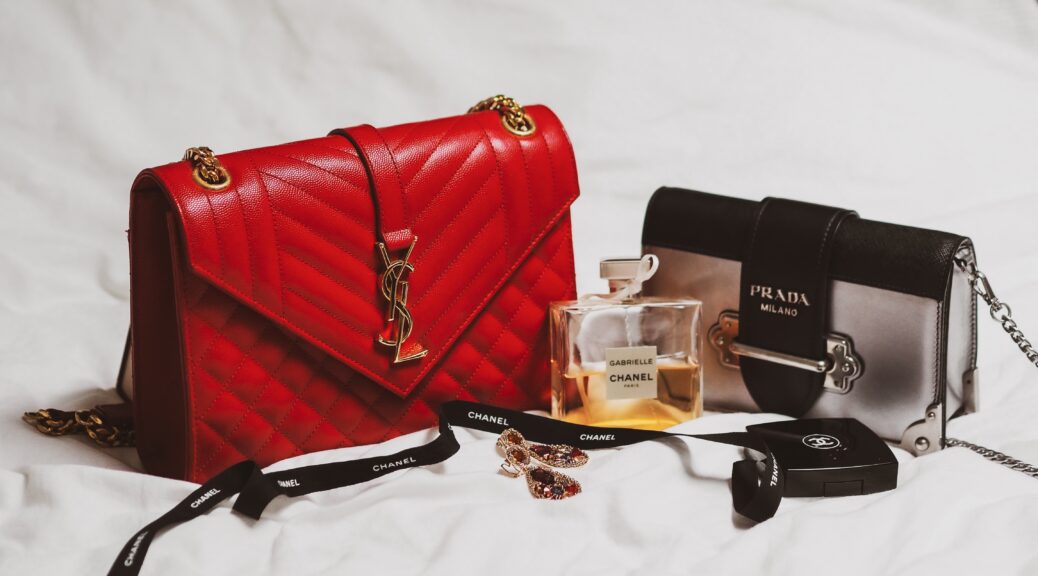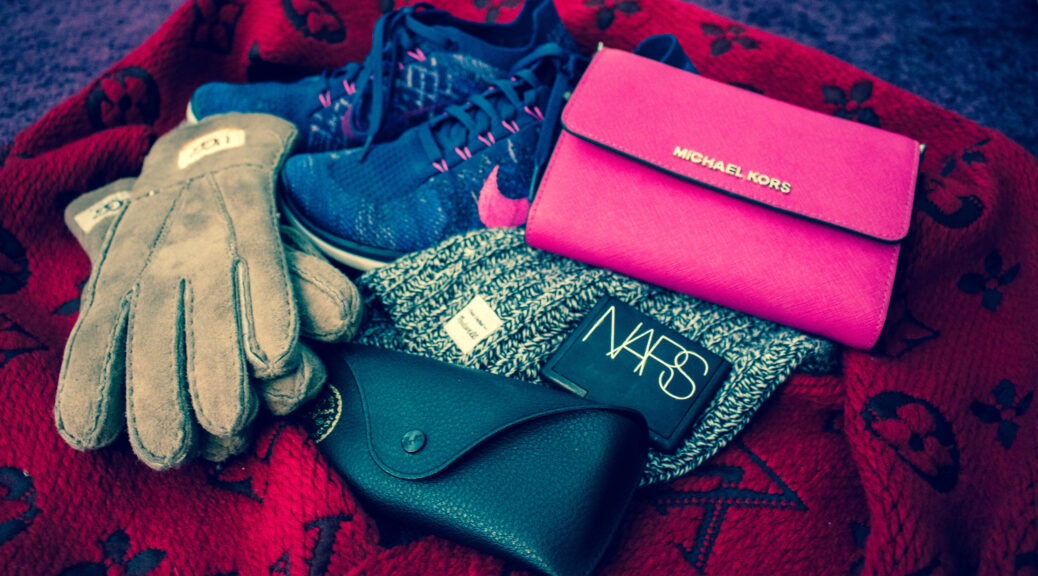I’ve been thinking a lot lately about how to make sense of the dating world again.
As it often does, my mind drifted toward analogies, which I find to be a massively underrated way of explaining things in life, by the way.
Bear with me on this lengthy analogy for a moment.
In the Fashion world, there are a vast number of designer bags. You’ve got everything on the spectrum from $100 Coach bags to $5000 Chanel bags.
Back in the day, the “lower end” designers like Michael Kors and Coach used to have a bigger market. However, somewhere along the way, they started to become too accessible.
I remember there was a point in the past where I saw everyone donning Coach bags. This hurt the brand and lowered its value in the eyes of consumers. Of course, this is not to say that Coach doesn’t make high quality bags, it’s just that as the supply grew, the demand shrunk.
On the other hand, look at Chanel. Classic styles like the Lambskin Square Mini Flap Bag have only increased in value and demand over time.
I remember when I first laid eyes on this particular style, I fell in love with it. It’s classy, timeless, high quality, and well….not everyone has one. I frantically searched the Internet for where I could get my hands on one, only to find that it was not readily available anywhere.
After extensive research and visits to the actual stores, I realized that my only way to obtain one was by means of joining a waitlist, and I was not about to wait 1-2 years for this…
In the end, after a lot of contemplating, saving, and frustration, I took the calculated risk of buying a brand new one on eBay — my first ever designer bag purchase.
I will never forget that rewarding feeling of not only earning something valuable by my own means, but also obtaining something that was so rare.
So what’s my point with all of this bag talk?
In the dating world, we need to make sure we don’t make ourselves too accessible. In the same way that a girl would often go crazy for a Chanel bag over a Coach bag, a potential partner would be much more interested in someone who is perceived to be high-value and not readily available.
This is not to be confused with playing games and pretending to be hard-to-get. This is about conveying your standards, setting yourself apart from all the other eligible people out there, and giving more time to those who have earned it.
Go out there and live your best life, pursue your passion projects and side hobbies, spend time reconnecting with old friends or family.
While you spend time on yourself and live that fabulous life you’ve always wanted, you will emanate that value and naturally be harder to get anyway (since you’ll be busy doing all those fabulous things with your time).


